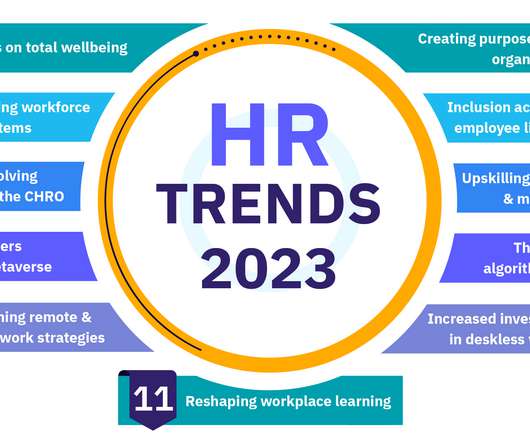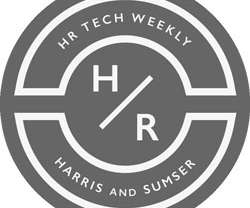Applicant Tracking System 101
Yello
OCTOBER 3, 2018
What is an applicant tracking system? An applicant tracking system (ATS) is software that lets organizations keep track of job applications and oversee hiring tasks like posting open positions or performing background checks. The post Applicant Tracking System 101 appeared first on Yello.
















Let's personalize your content